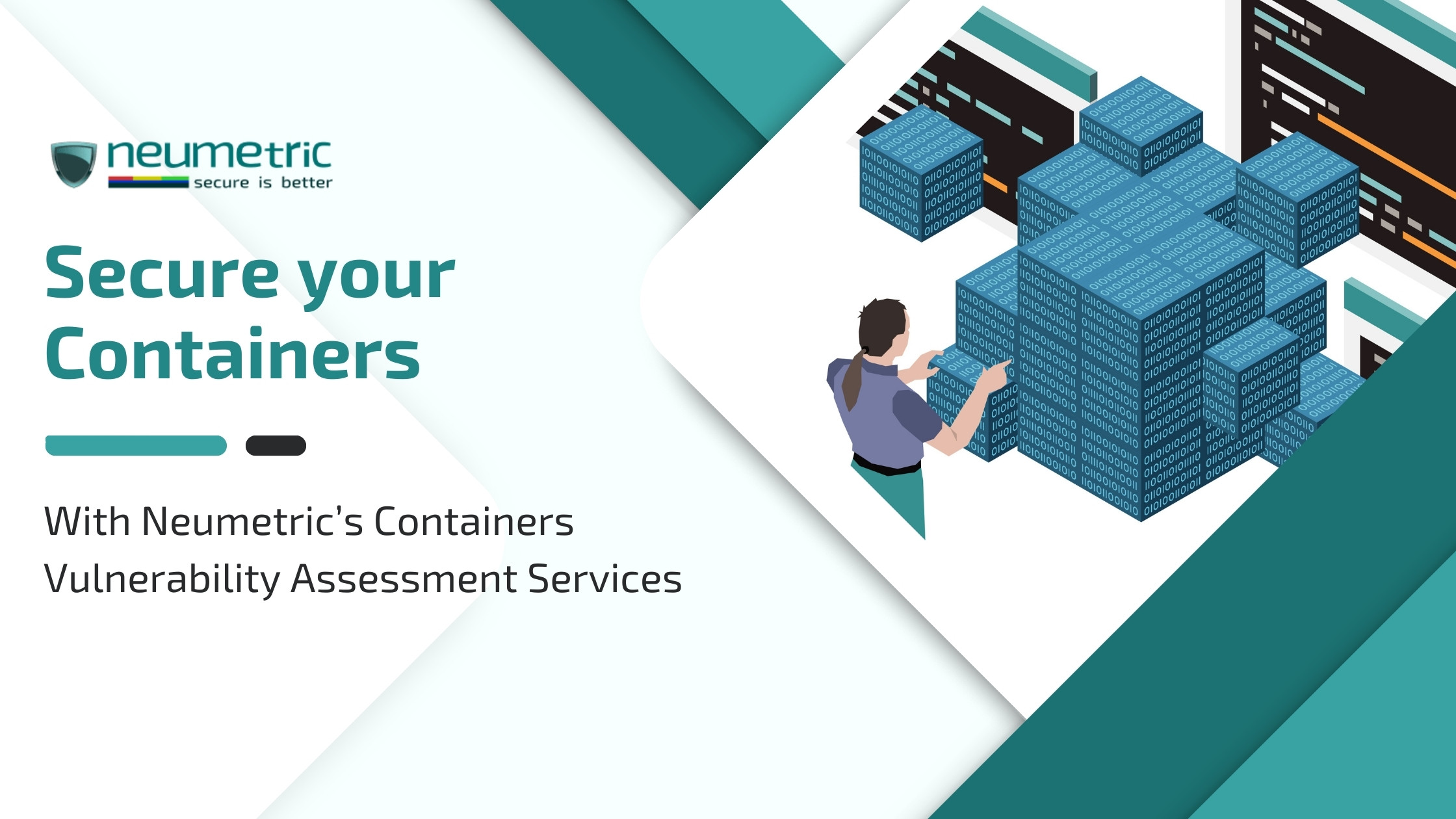
The 8-Step Process Neumetric Follows to Test Your Container Environments

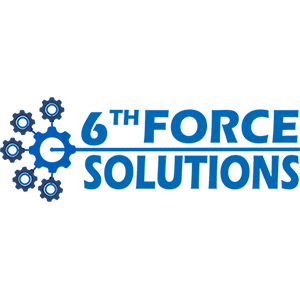








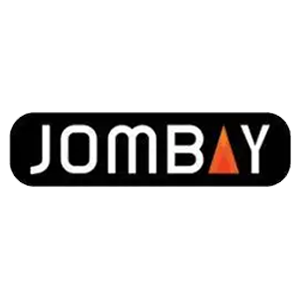



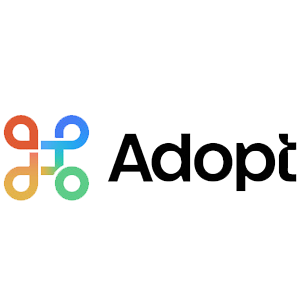
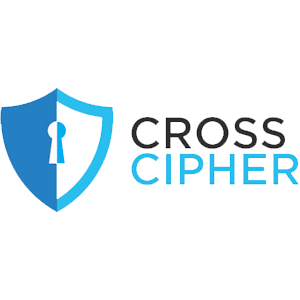











Extensive experience in providing solutions for your Cybersecurity, Compliance, Governance, Risk & Privacy objectives!
Ensuring a robust Security Posture & Regulatory Compliance across various Frameworks & diverse Industries.
Implementing & monitoring extensive Control Frameworks tailored to your business needs…
Identify unique characteristics of containers to detect malicious changes and ensure integrity.
Automatically scan container images for vulnerabilities, outdated packages, and security risks.
Evaluate containers for known vulnerabilities, reducing the risk of exploitations and breaches.
Detect and eliminate hardcoded secrets such as API keys and credentials within containers.
Assess container configurations to ensure they adhere to security best practices and compliance standards.
Conduct audits to establish a security baseline, identifying areas for improvement and strengthening defenses.
Security flaws in containerised apps, their setups, or the underlying infrastructure are known as container vulnerabilities. These may result from outdated images, improperly configured access controls, unsafe runtime environments, or flaws in orchestration platforms such as Kubernetes. Attackers can use these flaws to run malicious code or obtain unauthorised access. Organisations must give security procedures like vulnerability scanning, image management, and appropriate configuration top priority in order to reduce risks. To ensure secure deployment and stop attacks in containerised environments, it is crucial to comprehend container vulnerabilities.

Our Certified Security Experts will get your Web Applications tested and find weaknesses in your security before it is too late!

Our Certified Security Experts will get your Mobile Apps tested and find weaknesses in your security before it is too late!

Our Certified Security Experts will get your APIs tested and find weaknesses in your security before it is too late!
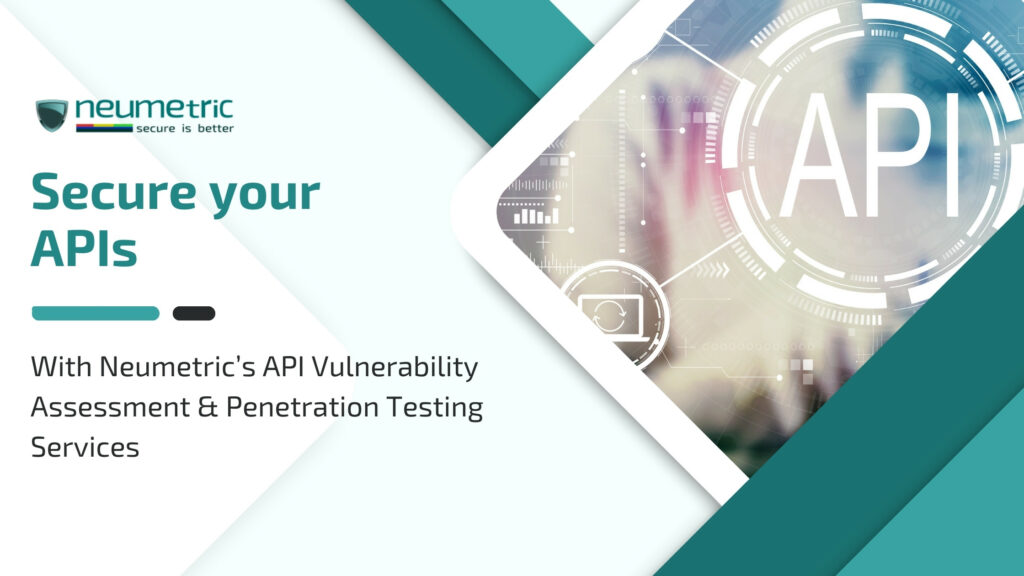
If Solutions and Organisations are left un-protected or under-protected, it allows for hackers to easily access sensitive information without being observed and re-use the stolen data for wrong-doing or purposes for which the User has not given permission to.
A serious attack could result into a denial of delivery of Service, ransom demands or complete loss of Data. This will result into loss of Credibility, damage claims by Clients, loss of future Business
Multiple tools are used during VAPT. Burp Suite & OWASP ZAP are the most commonly used, but depending on need & necessity, we use a host of tools & systems available in the Kali Linux OS.
For Mobile Apps we frequently use Santoku OS.
For APIs we primarily use Postman.
A container vulnerability is a security flaw that can be exploited in the software that runs on a container. Containers are designed to be secure, but due to their open source nature and frequent updates, they are vulnerable to being exploited. Some of the most common container vulnerabilities include:
In short, if you find yourself with a vulnerable container, there are a few things you can do. First, make sure the container has been updated. If it’s not, update it immediately. Then check your dependencies and make sure they’re up to date as well.
If that doesn’t work, you may have to rebuild your image from scratch using a new base image (one that is known to be secure). This is time consuming but could be necessary if there are too many vulnerabilities in your current image.
Finally, if none of these options work for you, then you may need to consider switching from Docker or another container system altogether.
Vulnerability Assessment or VAPT is a technical review of the Code for any bugs & loopholes that may allow unauthorized access or entry to the System.
While writing code developers may not be aware of the security loopholes in the written code.
Vulnerability Assessment is designed to identify such loopholes so that it can be fixed permanently, this ensures that hackers are unable to access the code for malicious purposes.
We do not remediate but do provide explanation on how to remediate the Vulnerabilities. Fixing them is your responsibility.
The purpose of container vulnerability scanning is to identify and remediate vulnerabilities in containers. This is important because it allows Organizations to take a proactive approach to security by identifying and patching vulnerabilities before they are exploited by attackers. It also helps ensure that containers are used in a manner that is consistent with best practices.
One challenge is the sheer number of containers an Organisation has to scan. Because they’re so lightweight and portable, containers are rapidly becoming the standard way to manage software packages in production environments. This means that there are potentially hundreds or thousands of them running at any given time, which makes it difficult for vulnerability scans to keep up with them all.
Another challenge is that many container environments are made up of several different types of containers, each with their own unique vulnerabilities and configuration options. This makes it harder for vulnerability scanners to understand how each container works as well as what vulnerabilities it might have without actually interacting with it first (which would expose sensitive data).
Finally, because containers are portable across platforms, Organisations need a way to make sure their vulnerability scanning tools work on every platform their employees use—whether that’s Windows or Linux or MacOS—so that they can find vulnerabilities before hackers do!


